Following Tesla Success in Sept. Nissan Leaf Tops Norway Oct. Car Sales
Spurred by tax breaks, free recharging stations, free parking and other benefits for EV drivers worth up to $8,100 (about 6,000 euros) a year per car, electric cars are doing very well in Norway. Reuters reports that Tesla’s Model S was the best selling car in Norway in September and Nissan’s Leaf was the market leader in October. Last month 716 Leafs were sold, a 6% market share, beating out the Toyota Auris and the VW Golf. For the year, the Leaf is the fourth best selling car in Norway with 3.2% of the total market.
The small country is an ideal place for EVs, and those of its 5 million residents who chose to drive electrically enjoy generous subsidies, free parking and recharging locations, free tolls and access to bus lanes to avoid heavy traffic.
In September, 616 Model S EVs were sold by Tesla, but that was a onetime blip due to a shipment of backlogged orders. In October Tesla sold 98 cars.
More by TTAC Staff


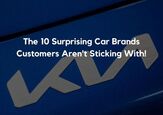













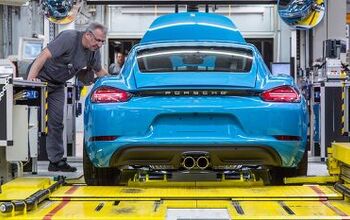

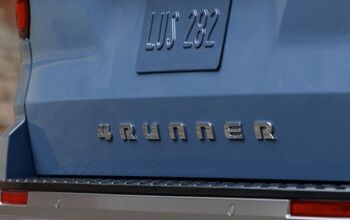
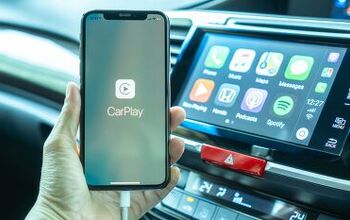
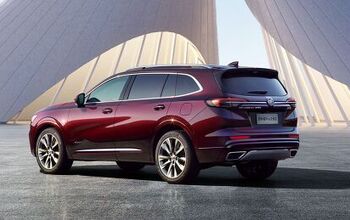
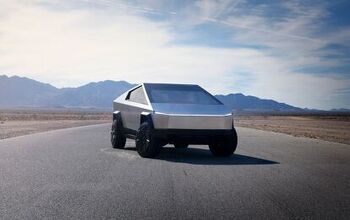
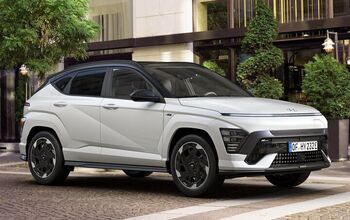
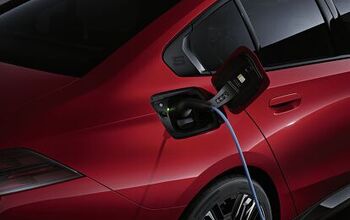
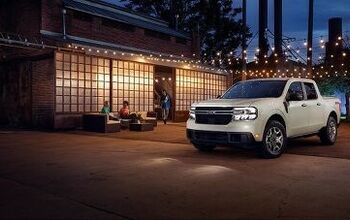
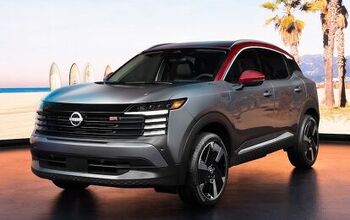
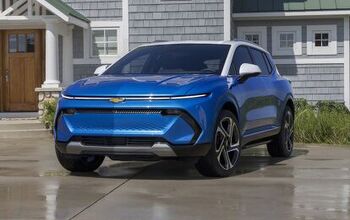
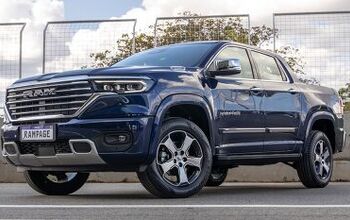
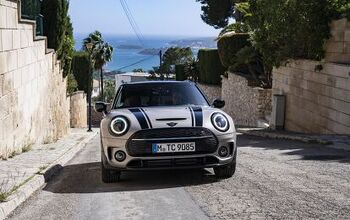

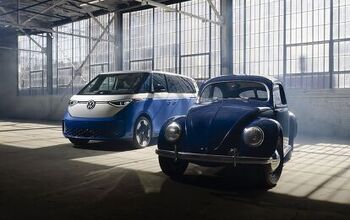
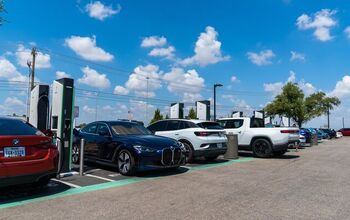
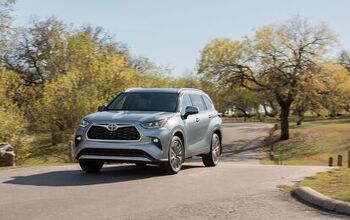

Comments
Join the conversation
Despite its EV-challenging weather, Norway is probably a good place for these cars. The country has abundant hydropower, so electricity is cheap and, unlike in many parts of the US and perhaps elsewhere in the world, this makes the Leaf and other EVs truly "emissions-free." Given the challenges of the weather, intercity travel in Norway is perhaps better done on the excellent rail system than in a private car. I have the sense that a lot of Norwegians use at least one car as a commuter runabout, which is where the Leaf excels.
That's excellent, EV's can and do work for general use even in Norway. And Norway isn't really an ideal place, it's cold and they like to drive in the country too, though it is admittedly more of an urban country than most of the US. A lot of those subsidies and infrastructure are possible because Norway has oil. But instead of burning it cheap for short-term gain, they charge high gas taxes. They also have a large savings fund.
Given that the base Leaf lists for about $38k in Norway (somewhat higher than in the US), I still don't know where $8100 A YEAR savings would come from. The waived VAT tax savings must be enormous. Electricity doesn't cost that much, and neither would parking. One feature of Norway is the proliferation of quick chargers - something sorely lacking in the US for the Leaf. Even though they're not good for battery life, they would enable longer commutes for Leaf drivers. Tesla is learning this lesson in Norway, too, and soon the entire country will be covered by the Supercharger network.
I live outside Oslo and can tell you that it does get cold in the winter, although not Minnesota, North Dakota cold. EV subsidies are far larger than indicated in the article. The elimination of new car taxes for EVs means that a Leaf buyer gets a discount of about $16,000 versus a comparable gasoline or diesel car, while a Tesla S buyers gets a discount of $50,000+ versus a comparable BMW or Mercedes. Add in the other benefits, and an EV buyer can expect to save $30,000 to $80,000 over the life of the vehicle. Environmentally it is questionable whether there are any benefits, because most Norwegian EV buyers are either trading in their bus passes or adding the EV as a 2nd or 3rd car to their fleet, and manufacturing emissions from these extra vehicles probably more than offset any reductions from driving, even though virtually all of Norwegian electricity is zero-emission hydro-power. Thus you can get 3 to 5% of new car buyers to convert to EVs is you pay them a lot of money to do it.